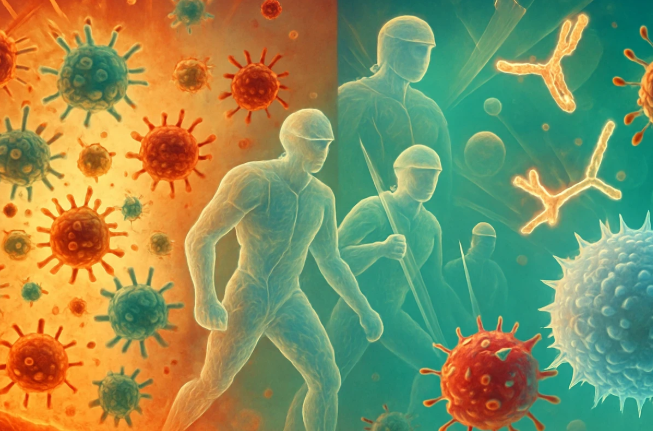Understanding the Chikungunya Virus Outbreak in Southern China
Learn about the chikungunya virus outbreak in southern China's Guangdong province. Get the facts on symptoms, transmission, and prevention measures.
An outbreak of the chikungunya virus has been reported in the Guangdong province of southern China, drawing significant public health attention. While chikungunya is a well-known disease in many tropical and subtropical regions, its recent spread in this populous part of China highlights the global nature of vector-borne illnesses.
What is Chikungunya?Chikungunya is a viral disease transmitted to humans through the bite of infected mosquitoes, primarily the Aedes aegypti and Aedes albopictus species. The name "chikungunya" originates from a word in the Kimakonde language, meaning "that which bends up," a reference to the stooped posture of people suffering from the severe joint pain that is a hallmark symptom of the disease.
Key Symptoms and How It SpreadsThe most common symptoms of chikungunya are an abrupt onset of fever and severe joint pain. Other symptoms can include headache, muscle pain, joint swelling, and a rash. While most patients recover within a week, the joint pain can be debilitating and, in some cases, may persist for months or even years. The virus is generally not fatal, but it can be more severe in newborns, older adults, and individuals with underlying health conditions.
It's important to understand that chikungunya is not transmitted from person to person. The spread of the virus relies on the mosquito-human-mosquito cycle. An infected person can only transmit the virus if a mosquito bites them during the initial stage of their illness and then bites a healthy person. The mosquitoes responsible for carrying the virus are known to bite during the day, both indoors and outdoors.
The Situation in Southern ChinaRecent reports indicate a significant number of cases in the Guangdong province, with a particular concentration in the city of Foshan. This region's climate is conducive to the proliferation of the Aedes mosquito, especially during warmer, wetter seasons, which can contribute to the rapid spread of the virus once it is introduced.
To address the outbreak, authorities in the affected areas have implemented robust public health measures. These include large-scale mosquito control initiatives to reduce the vector population and campaigns to eliminate standing water, which serves as a breeding ground for mosquitoes. Officials have also emphasized the importance of public awareness and personal protective measures.
Prevention is KeyAs there is no specific antiviral treatment for chikungunya, prevention is the most effective defense. The primary strategy is to avoid mosquito bites. For those in or traveling to an affected area, this means taking proactive steps such as:
Using insect repellent on exposed skin.
Wearing long-sleeved shirts and long pants, especially during the day.
Ensuring that windows and doors have screens to prevent mosquitoes from entering homes.
Removing any containers with stagnant water around homes and communities.
While the outbreak in southern China is a serious public health concern, a strong focus on these preventative measures and continued surveillance can help to control the spread of the virus.
Understanding the Chikungunya Virus Outbreak in Southern China
